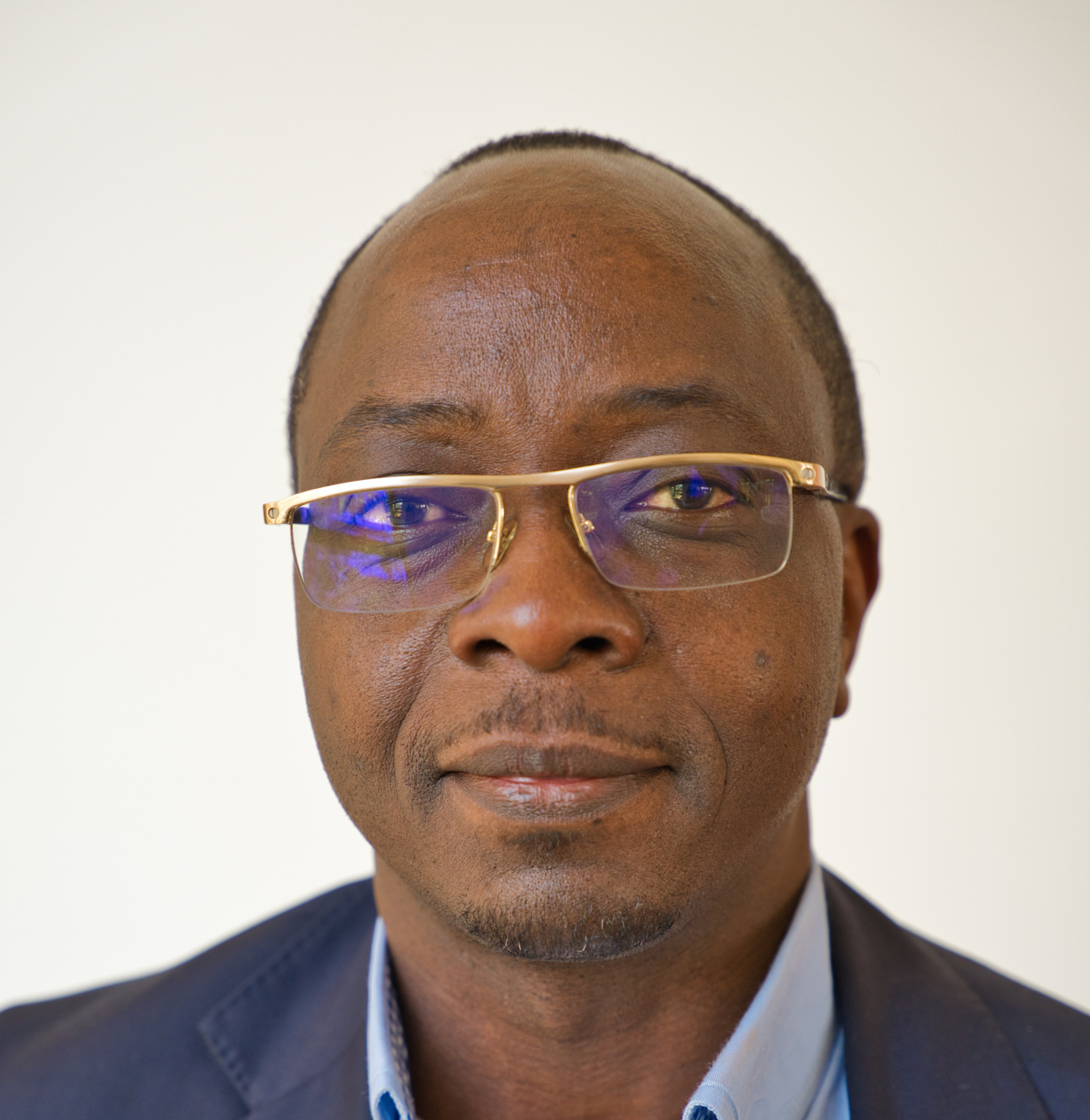Project
Metabolomic biomarkers of HIV reservoir size and reactivation potential in people living with HIV on antiretroviral therapy
Finding a cure for HIV means finding the reservoirs where HIV hides in the human body. Latent reservoirs for HIV can be found in multiple body compartments for example, the lymphoid tissues and brain, as well as in immune cell subsets like the memory CD4+ T cells. This makes it a daunting task to accurately measure the reservoir and to identify individuals most likely to have more favourable or detrimental outcomes during HIV cure clinical trials. Easy to measure biomarkers of HIV reservoir size will be valuable for HIV cure approaches. Recently, some metabolites, which are small molecules produced as by-products of cellular metabolism, have been described as biomarkers of HIV rebound when antiretroviral treatment is interrupted. These biomarkers were identified in a predominantly Caucasian population and may not be generalisable to cohorts of African descent. Because sub-Saharan Africa bears the greatest burden of the HIV epidemic, it is important to identify biomarkers of HIV reservoirs or reactivation potential within this population.
In this study, Baiyegunhi aims to measure the size and quality of the latent HIV reservoir within peripheral blood mononuclear cells as well as the systemic metabolome expression in plasma. She also plans to define metabolic biomarkers of high or low reservoir magnitudes within an African-cohort. The new knowledge on biomarkers for HIV reservoir size and viability will be applicable to HIV cure efforts especially to identify the best candidates for interventional studies that require treatment interruption.
Future studies will be required to validate the biomarkers of HIV reservoirs in different settings among different demographics to understand the generalisability of these biomarkers. The availability of funding for biomarker discovery research will be critical for a successful HIV cure.

